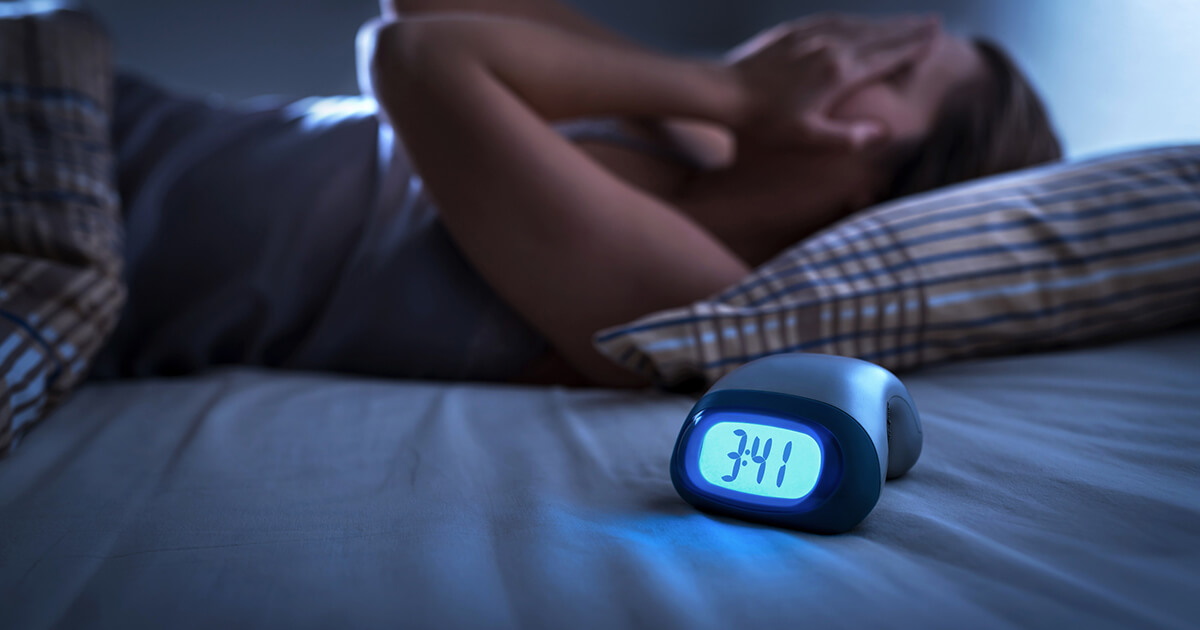Sleep and Sleep Disorders
Sleep disorders are one of the most difficult sections on the psychiatry ABPN board exam. Below is a brief summary of the topic. For psychiatry practice questions click here.
Sleep is divided into two forms – REM (rapid eye movement) and NREM.
REM sleep is periods of fast EEG activity that occur every 90 to 120 minutes. There are 3 main features of REM: a low voltage fast frequency EEG pattern, rapid eye movements, and an atonic electromyogram, which indicates inactivity of all involuntary musculature (apart from the eye muscles). Sometimes these features do not occur simultaneously, and two types of REM are created – phasic and tonic. Phasic is the portion with phasic rapid bursts of REM. Tonic REM is the portion of REM sleep existing between the phasic bursts.
NREM is currently divided into 3 stages (an older standard recognized a fourth stage, but has since been rolled into the third stage). These stages are N1, N2, and N3. N1 is transitional, from wakefulness to sleep. Relatively fast EEG theta frequencies (4 to 7 Hz) are seen. This is also the lightest stage of sleep, so if patients are awakened from it they usually do not know they were asleep. Stage N2 is also known as intermediate sleep. Slowing of the EEG frequency and increasing of the EEG amplitude occur. Two features of NREM sleep on EEG occur for the first time in this stage: sleep spindles and K-complexes. Sleep spindles are transient and spindle-shaped features on EEG, having a frequency from 11 to 16 Hz (most common is 12 to 14 Hz), with a duration of less than 0.5 seconds. K complexes are well-delineated, negative, and sharp waves immediately followed by a positive wave that stands out from the background EEG, with a total duration of greater than 0.5 seconds. Stage N3 is deep or slow wave (delta) sleep. During this stage, very low frequeny (0.5 to 2 Hz), high amplitude (delta) EEG waves occur.
Four to five cycles of sleep stages occur during a typical nights sleep. The first half of the night passes from wakefulness to N1 (briefly), then into N2 and N3. N2 and N3 repeat, and after REM occurs for the first time. The second half of the night is characterized by alternating N2 and REM sleep, with wakefulness, N1, and N3 usually being absent (may occasionally occur).
Sleep disorders are classified using the ICSD-2 system (International Classification of Sleep Disorders, published by the American Academy of Sleep Medicine in 2005). Currently, sleep disorders are classified into eight major categories: Insomnia, sleep related breathing disorders, hypersomnias of central origin, circadian rhythm sleep disorders, parasomnias, sleep related movement disorders, isolated symptoms and normal variants, and other sleep disorders. There are over 70 specific diagnoses within these major categories, as well as classification of sleep disorders that are associated with general medical or psychiatric disorders.
Insomnia includes conditions characterized by difficulty initiating or maintaining sleep, or poor quality sleep.
Sleep related breathing disorders have the symptom of abnormal respiration during sleep, and can occur in both adults and children. There are three major disorders under this category: Central sleep apnea syndromes, obstructive sleep apnea syndromes, and sleep related hypoventilation/hypoxemia syndromes.
Hypersomnia of central origin includes disorders where the primary complaint is daytime sleepiness not due to disturbed sleep or poor circadian rhythms. Major disorders in this category include narcolepsy (with/without cataplexy) and idiopathic hypersomnia (with/without long sleep time). Voluntary sleep deprivation is also included here.
Circadian rhythm sleep disorders are characterized by chronic or recurrent sleep disturbance caused by misalignment of the individual’s cycle and the environment. This includes shift work sleep disorder, jet lag disorder, delayed sleep phase disorder, advanced sleep phase disorder, or disorders due to a medical condition (i.e. a blind person w/o photoreception can often lack a normal 24 hour cycle).
Parasomnias are those conditions causing undesirable physical events or experiences that occur during sleep initiation, while sleeping, or during arousal from sleep. They can be complex or appear purposeful, but the patient is not aware of the behaviors. These are divided into NREM related, REM related, and miscellaneous. NREM related include confusional arousals, sleepwalking, and sleep terrors. REM related include sleep paralysis, nightmare disorder, or lack of atonia during REM sleep. Miscellaneous parasomnias bear no specific relationship to sleep stages. These include nocturnal enuresis, sleep-related hallucinations, medical disorder related parasomnias, and drug/medication/substance abuse parasomnias.
Sleep related movement disorders are symptomatic for simple, stereotypic movements that disturb sleep. The individual may or may not be aware of the movements. These usually require clinical symptoms of sleep disturbance (daytime sleepiness, fatigue, etc) in order to make this diagnosis. Included in this category is restless legs syndrome, periodic limb movement disorder, sleep related bruxism, and sleep related rhythmic movement disorder.
Isolated symptoms and normal varients includes sleep related symptoms/events that do not meet the clinical definition of a sleep disorder. This includes hypnic jerks (sleep starts), sleep talking, both of which occur during normal sleep. Some are in between normal and abnormal, such as snoring w/o airway compromise (which can be normal), but heavy snoring can often be part of obstructive sleep apnea.
Other sleep disorders category includes disorders related to environmental factors (noise, temperature, restless bed partner, etc), and sleep disorders that cannot be classified according to the ICSD-2.
REFERENCES
Judd, Brooke M.D., and Michael Sateia, M.D. (04/2011). Classification of sleep disorders. UpToDate, Inc. Retrieved from http://www.uptodate.com/home/index.html.
Pressman, Mark R PhD. (05/2011). Stages and architecture of normal sleep. UpToDate, Inc. Retrieved from http://www.uptodate.com/home/index.html.
Click here to purchase the Psychiatry question bank




